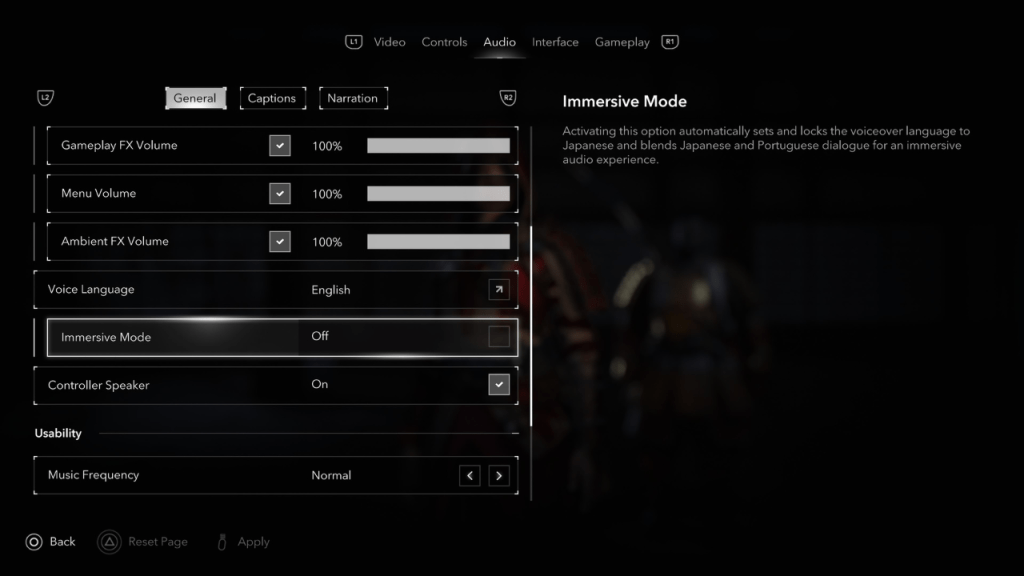The *Assassin’s Creed* franchise has consistently strived to transport fans into various historical settings, and with *Assassin’s Creed Shadows*, Ubisoft takes this immersion to a new level by delving into 16th Century Japan. Here’s a comprehensive look at the game's Immersive Mode and its impact on the player experience.
What Does Immersive Mode Do in Assassin’s Creed Shadows?
Traditionally, *Assassin’s Creed* games modernize the dialogue, with characters rarely speaking their native languages. In *Assassin’s Creed Shadows*, this holds mostly true, with occasional native language dialogue from NPCs, but the bulk of the conversations remain in your chosen language.
Immersive Mode, however, revolutionizes this aspect by enhancing the game's authenticity. When activated, this mode locks the voiceover language to Japanese, reflecting the historical setting more accurately. Additionally, you will hear Portuguese spoken by Jesuits and Yasuke during appropriate interactions, adding further layers of realism.
This linguistic shift significantly enhances the immersion, making *Assassin’s Creed Shadows* feel more true to the historical period it represents. While previous games allowed players to mimic this effect—such as using the Arabic dub in *Mirage*—Immersive Mode marks a substantial advancement for the series.
Should You Turn On Immersive Mode in Assassin’s Creed Shadows?

*Assassin’s Creed Shadows* offers robust subtitle options, allowing you to read the dialogue in your preferred language regardless of the spoken language. Immersive Mode can be toggled on or off in the audio settings menu at any time, requiring only a reload to your last save to take effect. Unlike Canon Mode, this setting doesn’t lock you in for the entire playthrough, making it risk-free to experiment with. If you're aiming for the most authentic experience, Immersive Mode is a fantastic choice, and we hope Ubisoft considers it for future titles as well.
*Assassin’s Creed Shadows* is available now on PC, PlayStation 5, and Xbox Series X|S.















